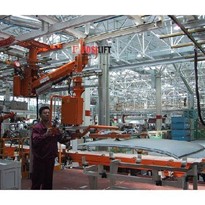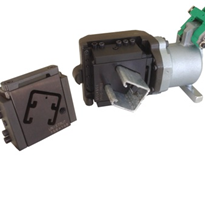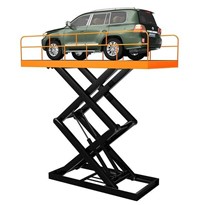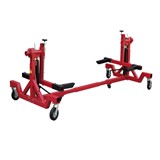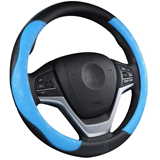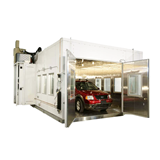Understanding Hydraulic Car Hoists
Understanding hydraulic car hoists is essential for anyone involved in automotive repair and maintenance. These specialised lifting devices leverage hydraulic power to smoothly and efficiently elevate vehicles, providing a stable platform for various tasks. Hydraulic car hoists are known for their versatility, allowing users to adjust the height to suit specific maintenance needs. With variable height settings, they accommodate a range of vehicles, from cars to larger trucks.
The hydraulic system’s ability to provide quick and controlled lifting and lowering enhances efficiency in automotive workshops, contributing to a streamlined workflow. These hoists are designed for durability, ensuring a long lifespan even under frequent use. Also, their adaptability makes them suitable for all different garages. Whether you are a professional mechanic or a hobbyist, understanding the principles behind hydraulic car hoists is integral for maximising safety, precision, and overall effectiveness in automotive maintenance activities.
How Do Hydraulic Car Hoists Work?
Hydraulic System Dynamics:
Every hydraulic car hoist has a sophisticated hydraulic system. Consisting of a hydraulic pump, fluid, and cylinders, this system operates on the principle of fluid pressure to generate the force required for lifting. As the pump pressurises the hydraulic fluid, it sets in motion a sequence of events that raises the vehicle effortlessly.
Cylinder Precision:
The key players in this hydraulic ballet are the cylinders, usually arranged vertically. Housing a piston, these cylinders respond to the hydraulic pressure by moving up or down, initiating the lift. The precision of these cylinders ensures a smooth and controlled elevation, critical for the safety of both the vehicle and those working underneath.
Varieties of Hydraulic Car Hoists: What Choices Are There?
Two-Post Lifts:
Featuring two support columns, two-post lifts are a common choice for garages. Their design offers clear access to the vehicle’s undercarriage, making tasks like oil changes and suspension work more accessible.
Four-Post Lifts:
With four sturdy columns, these lifts provide additional stability, making them suitable for a range of vehicles, including larger trucks and SUVs. The extra support is advantageous for tasks requiring prolonged elevation.
Scissor Lifts:
Employing a pantograph mechanism, scissor lifts are versatile and compact. Their unique design allows for efficient use of space, making them ideal for garages with limited room while providing a reliable lift for routine maintenance.
Mobile Column Lifts:
For flexibility in positioning, mobile column lifts are standalone units that can be strategically placed around the vehicle. This modular approach simplifies workflow in larger facilities where multiple lifts may be required simultaneously.
Safety First: Built-in Protections for Peace of Mind:
Hydraulic car hoists come equipped with essential safety features. Locking mechanisms secure the lifted position, adding an extra layer of protection beyond hydraulic pressure. These features ensure stability during maintenance tasks, providing peace of mind to mechanics and users.
Hydraulic car lifts make tasks easier and safer. From the precision of hydraulic systems to the versatility of various lift types, these devices have become essential in garages worldwide. Whether you’re a professional mechanic or a car enthusiast working on your prized possession, a hydraulic car hoist is an investment that elevates the entire maintenance experience, quite literally and figuratively.
What Are The Differences Between Hydraulic Car Hoists & Other Car Hoists?
Car lifts come in various types, each designed for specific purposes and preferences. Hydraulic car lifts are one category, and they differ from other types of car lifts, such as mechanical, electric, or pneumatic lifts, in terms of their operation, features, and applications. Let’s explore the key differences:
Hydraulic Car Lifts:
- Operation: Hydraulic car lifts operate using a hydraulic system, utilising fluid pressure to lift the vehicle. A hydraulic pump pressurised hydraulic fluid, causing cylinders to move and lift the vehicle.
- Smooth Operation: Hydraulic lifts generally offer smooth and controlled lifting, allowing for precise positioning of the vehicle.
- Common Types: Two-post lifts, four-post lifts, scissor lifts, and mobile column lifts are common types of hydraulic car lifts, each catering to specific needs and preferences.
- Versatility: Hydraulic lifts are versatile and suitable for a range of vehicles, from small cars to larger trucks and SUVs.
Mechanical Car Lifts:
- Operation: Mechanical lifts use mechanical components, such as gears, screws, or pulleys, to lift the vehicle. The lifting mechanism is typically powered by a motor or by manual effort.
- Simple Design: Mechanical lifts often have a simpler design compared to hydraulic lifts, making them straightforward to operate and maintain.
- Limited Smoothness: The lifting motion in mechanical lifts may be less smooth compared to hydraulic lifts, potentially impacting precision in positioning.
Electric Car Lifts:
- Operation: Electric car lifts use an electric motor to power the lifting mechanism. They may have a ball-screw, belt-drive, or other electrically driven systems.
- Efficiency: Electric lifts are known for their efficiency and ease of use. They often offer quick and precise lifting with the push of a button.
- Application: Electric lifts are commonly used in modern automotive service facilities, providing a convenient and automated lifting solution.
Pneumatic Car Lifts:
- Operation: Pneumatic lifts use compressed air to power the lifting mechanism. They operate similarly to hydraulic lifts but use air instead of hydraulic fluid.
- Quieter Operation: Pneumatic lifts are often quieter compared to hydraulic lifts. They may be preferred in environments where minimising noise is crucial.
- Application: Pneumatic lifts are suitable for various applications, including automotive maintenance and repair.
The primary difference between hydraulic hoists and other hoists lie in the power source and mechanism used for lifting. Hydraulic lifts rely on fluid pressure, mechanical lifts use mechanical components, electric lifts utilise an electric motor, and pneumatic lifts operate with compressed air. The choice between these types depends on factors such as the specific application, budget, ease of use, and the desired features for a particular automotive service facility or personal garage.
They stand out as an excellent choice for vehicle lifting needs due to several key advantages. The smooth and controlled operation provided by hydraulic systems ensures precise positioning of vehicles, crucial for accurate maintenance and repair tasks. With variable height settings, these hoists offer versatility, accommodating different types of vehicles and facilitating a range of maintenance activities. The quick and efficient lifting and lowering capabilities contribute to improved workflow and productivity in automotive workshops.
The stability and durability of hydraulic car hoists make them reliable for frequent use, ensuring a long and dependable service life. Also, their adaptability to various garage settings makes them suitable for a broad range of applications. Whether in a professional repair shop or a hobbyist’s garage, the features of hydraulic car hoists make them a standout choice, providing safety, efficiency, and convenience for automotive lifting needs.
Tufflift, an Australian-based company, is a leading international manufacturer and distributor of hoists. We offer a range of high-quality vehicle hoists, tools, and workshop equipment suitable for both professionals and enthusiasts. Explore our selection of hoists, car stackers, and scissor lifts online to find the right solution for your needs.





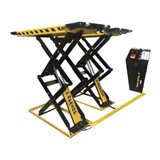
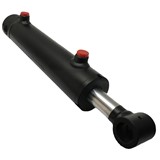
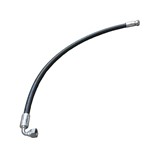
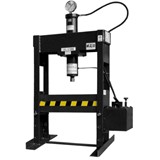
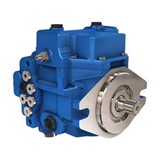
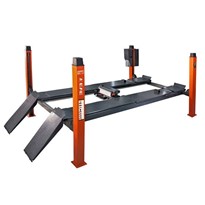







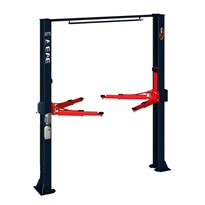





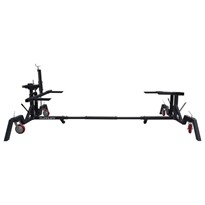


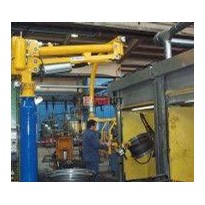

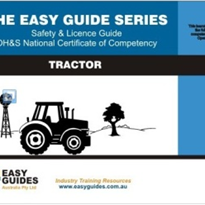




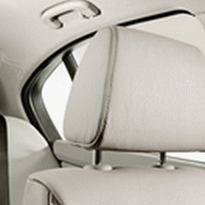
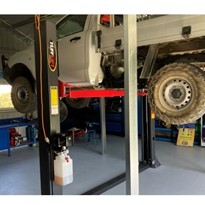
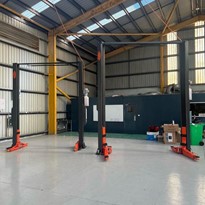
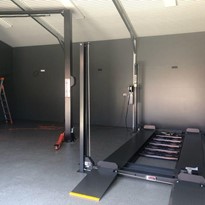
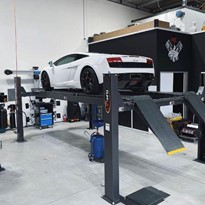
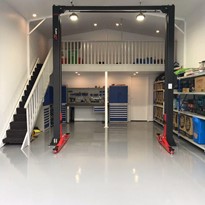
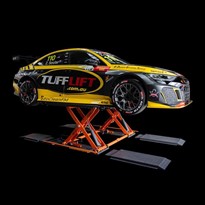
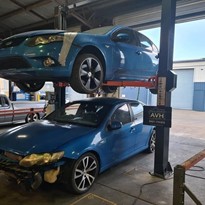
-205x205.jpg)
